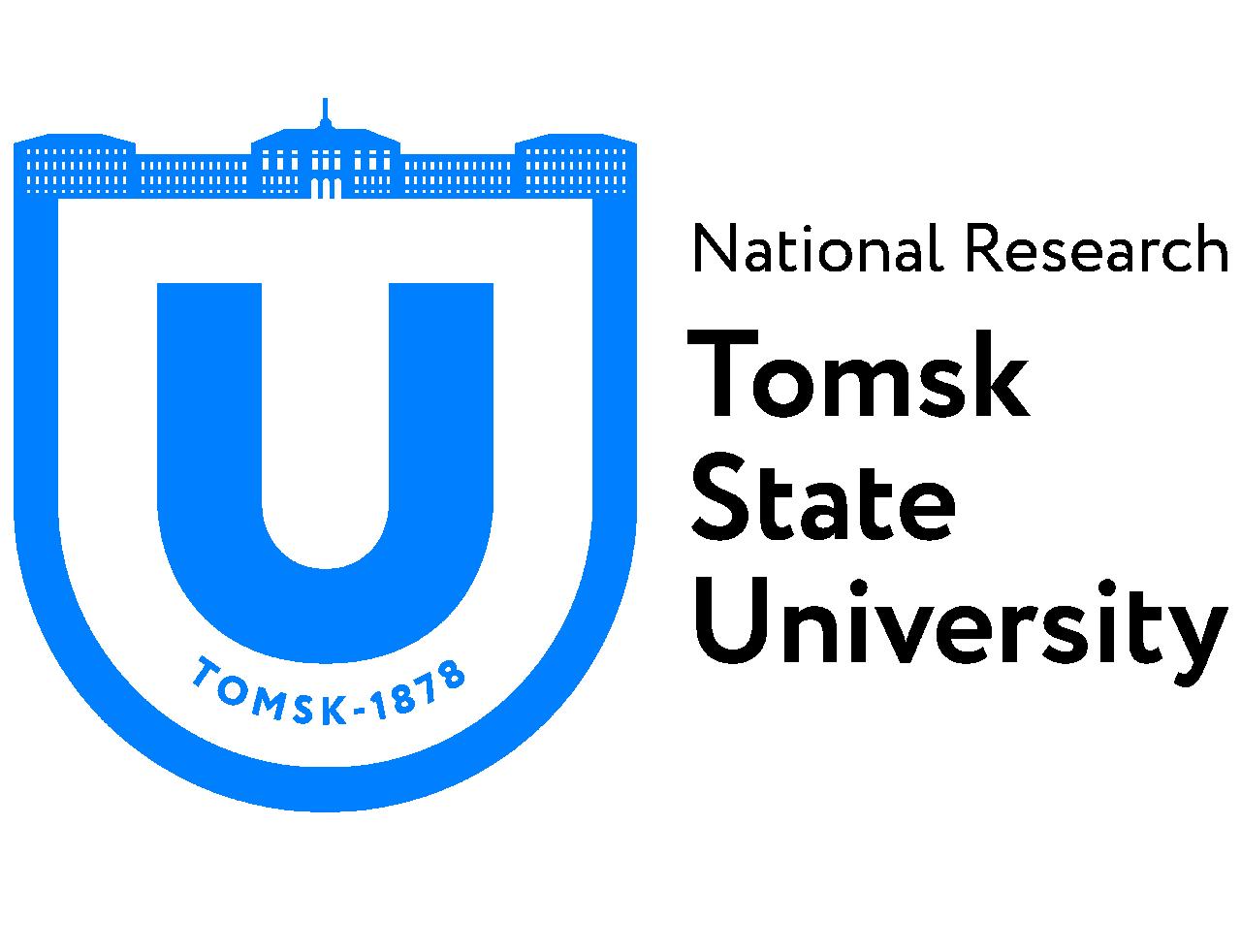Tomsk State University: TSU Observatory opens after a 7-year hiatus
TSU Observatory was founded just after the Department of Astronomy and Geodesy at the Faculty of Physics and Mathematics of Tomsk State University. The first research topics were the dynamics of small solar system bodies and the occultation of stars by the Moon. After the launching of the first artificial Earth satellite in 1957, a station observing Earth satellites was founded and satellites were studied from the TSU observatory.
“The dynamics of small solar system bodies is the main research area of the TSU astronomers. We have considerable achievements in this field, mostly connected with developing numerical models of movement,” says Tatyana Galushina, head of the Department of Astronomy and Space Geodesy of the TSU Faculty of Physics.
In 2014 the University was in the midst of active changes and had to adapt to the new reality. Sadly, most of the observatory’s equipment was out of date and couldn’t be used for research. Then TSU physicists decided to dismantle most of the equipment and abandon the observatory.
The only working equipment inside is a refracting telescope with a 13-centimeter lens diameter, 2-meter focal length, and 200x magnification. The faculty always remembered it and hoped to return to the observatory. This year the students supported this initiative.
“With the help of students we have cleaned the room and renovated the instrument. It was a lot of work, and now we can make simple observations. We need a few details to connect it to the clockwork mechanism and make photographs with a usual digital camera. We hope to have it all in September, and we will be able to not only observe but photograph celestial events,” adds Tatyana Galushina,
As Dmitry Kaparulin, senior researcher at the Laboratory of Theoretical and Mathematical Physics at the TSU Faculty of Physics, explains, this telescope can see all the planets from Mercury to Neptune and bright star clusters, comets, and some asteroids.
“We can see four major satellites of Jupiter, and, theoretically we should see five satellites of Saturn, but we have only seen two so far. It was my first time seeing the second satellite of Saturn. I have only used smaller instruments before, so I have not seen any besides the brightest one. This telescope is better, and we were able to see not only the planet itself, not only the famous rings of Saturn, but also the Cassini division – a thin gap between the rings,” explained Dmitry Kaparulin.
A telescope in the middle of town is better suited for observations and promoting astronomy than for research. The Department of Astronomy and Space Geodesy staff notes the growing interest of the general public in astronomy, and an excursion for school children will take place soon. Nevertheless, as Tatyana Galushina explains, the first reason for bringing back the Observatory was students.
“We have aspiring astronomers who had never worked with a telescope. That is why we are planning to include observational practice in our study plan. We hope that the results will be not only visual but also photographic observations of asteroids and other small bodies that can be processed, coordinates extracted, and practical experience gained of working with this type of equipment,” Tatyana Galushina summarized.

